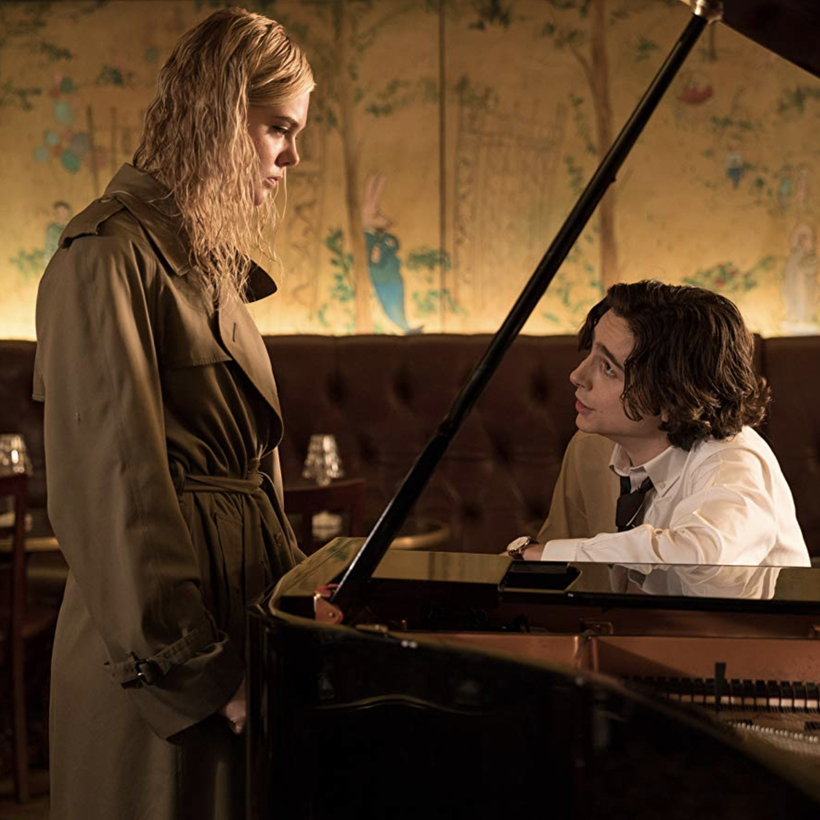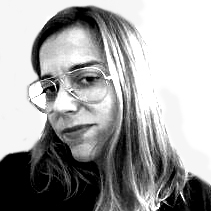Thanks to collisions with the #MeToo movement, Woody Allen has, as the kids say, been canceled from American culture. His attempt to shop his memoir failed and it sits unsold in his drawer, after every major publisher passed on it. Meanwhile, Amazon Studios, which signed him to a $68 million, four-picture deal in 2017, dumped him unceremoniously last year, which left A Rainy Day in New York without any American distributor. (In February, Allen hit Amazon with a lawsuit, which is still going through the courts.)
On the Continent, however, Allen has found a home. Here, where flamboyant predation remains a viable lifestyle choice—if you’re answering the muse, what’s a little sexual assault among friends?—Allen joins a rogues’ gallery of the mostly forgiven that includes Roman Polanski, Gérard Depardieu, and Dominique Strauss-Kahn. He’s not only working on a new film (in Spain), but since Amazon gave Allen back the distribution rights to A Rainy Day in New York, he’s also finding his audience. The film is now rolling out in theaters in most of Europe, as well as in Russia, Latin America, and South Korea. (It’s already taken in more than $1 million in Poland.) And it will open the Deauville American Film Festival in September.
Sawdust Memories
A Rainy Day in New York was shot in 2017, around the time that #MeToo was sweeping through American culture like a tsunami, so it’s fortunate for Allen that its primary audience will be foreign. Allen’s audience in America has largely tired of his precious, preserved-in-amber fetishes—the dewy, pliant, perpetually much younger women in the thrall of older men; his soft-focused view of a New York that seemingly has not evolved since the invention of answering machines.
The depiction of New York in the film, which Air Mail previewed on Tuesday in a press screening in Paris—so you don’t have to—is so fatuously clichéd it makes pumpkin spice look edgy. It’s not only from a different era; it makes no acknowledgment of the time we now live in, let alone on what planet—a cardinal sin in a movie that purports to be about Generation Z. (Did we mention Selena Gomez is a star?) To be fair, Allen invented a lot of the New York clichés that have come to suffocate the city. The problem, among many, is he just hasn’t updated them or his crotchety credo that women exist to adore and inspire difficult men.
So, just what the hell is the story of A Rainy Day in New York? Well, here goes nothing …
The Not-So-Great Gatsby
When protagonist Gatsby Welles (Timothée Chalamet), a Holden Caulfield-ish collegian in a rumpled tweed blazer, wins big at poker, he plans a romantic weekend in New York for his radiant blonde girlfriend, Ashleigh Enright (Elle Fanning). Gatsby grew up on Park Avenue amongst “a farrago of WASP plutocrats,” against whom he chafes loudly, but, man, does he love his hometown. Almost as much as he loves Manhattan-splaining areas of the city such as “Tribeca” and “SoHo” to bouncy Ashleigh, who is a native Arizonan and editor at the student newspaper of their expensive, second-tier liberal-arts college. It’s in that capacity that Ashleigh was invited to New York in the first place—to interview a Very Important Movie Director, Roland Pollard (Liev Schreiber). How lucky for her she has Gatsby to supply her with, as she says, “all the profound questions to ask.” (Since, ostensibly, a journalist-in-training can win plum assignments without ever having used Google.)
Gatsby Welles loves his hometown. Almost as much as he loves Manhattan-splaining to his girlfriend.
Maybe that’s a good thing. Because if Ashleigh had the Information Age fluency of, say, an actual 21-year-old living in current-moment Arizona, Gatsby’s itinerary (which he’s programmed around her one-hour interview) would have engendered fewer adoring sighs and more rolls of the eyes. There’s a room at the Pierre, lunch at Daniel, a hansom-cab ride through Central Park, a night at Bemelmans Bar. In short, even if Gatsby is self-consciously retro, the evening is the greatest hits of TripAdvisor, with search parameters set by Cathy Guisewite.
Or maybe set by Allen’s Meisterwerk of 1979, Manhattan, to which he makes numerous indulgent references. Gatsby makes a lot of noise about how he wants to be “at the top of the Empire State Building, in the rain, in black-and-white.” All that’s missing is Gershwin’s Rhapsody in Blue, the other indelible element of Manhattan’s opening sequence. (Gatsby’s familiarity with the Great American Songbook does get one legitimately dreamy moment, when Chalamet performs a Chet Baker–style version of “Everything Happens to Me” about midway through the movie.)
Hemingway Complex
In Fanning, Allen has his Mariel Hemingway, complete with a weird sexual self-awareness juxtaposed with an innocence that might have worked for a 17-year-old in 1979 but simply doesn’t compute for a college senior today. And then there are dingers like this, when Ashleigh asks Jude Law (who plays Pollard’s screenwriter), “What the hell is it about older guys that seems so appealing to women?”
Unlike Hemingway’s Tracy, however, Allen has given Ashleigh the intelligence of an H&H bagel. “I’ve seen all the American classics,” she tells Pollard. “Kurosawa is my favorite.” He will then have to explain to her what a “scoop” is before inviting her to a screening of his movie, which will take Ashleigh away from Gatsby for the remainder of the day. (Did we mention this is all in the first 20 or so minutes? That all this madness transpires in 92 minutes?)
Gatsby consoles himself by passing time with Chan Tyrell (Selena Gomez), the little sister of his high-school girlfriend, whom he re-meets cute on the set of a friend’s student film. (Let’s not even discuss the casting of this “director”—with curly red hair and horn-rimmed glasses. He’s the second actor in the film, after Chalamet, to mug-n-stutter his way into an Allen impersonation, a skill set that is surprisingly still thriving.) Chan is a proper New Yorker who gets Gatsby’s references, jousting with him as they both aim to concoct the most compelling location in New York for a kiss scene. (The Delacorte Clock at the Central Park Zoo wins out.) So, off they go for a rainy afternoon at the Metropolitan Museum of Art, where Chan, who is a fashion student, observes John Singer Sargent’s Madame X and notes, “There’s something charming about that elegance.” If you’re waiting for a nod to our current era, the only one the film will give comes now: when Gatsby is discovered by his uncle and aunt—whom he has been avoiding—we see Chan lean against a wall and check her phone.
Elle Fanning asks Jude Law, “What the hell is it about older guys that seems so appealing to women?”
When Chan has to leave for a date with a dermatologist (reminder: she cannot be older than 20), Gatsby goes off to sulk at the Carlyle, as you do. Meanwhile, we cut to Ashleigh on a fire escape during a rainstorm, wearing nothing but her underwear; she’s been locked out of Diego Luna’s apartment—he plays a hunky movie star who squires Ashleigh home after a party—because his girlfriend, whom he had told Ashleigh was history, has unexpectedly returned. Conveniently, none of this bothers Ashleigh, who finds a raincoat and dutifully treks to several iconic New York hotels—after having forgotten where she is supposed to meet Gatsby.
Gatsby, who has found a good-enough Ashleigh clone in the form of a $5,000-per-night call girl at the Carlyle, takes his new friend to his mother’s party. There ensues an absurdly Freudian set piece in which Gatsby’s mother reveals that she, too, was once (wait for it) a call girl. Gatsby goes back to the Carlyle—to play the piano and wallow—where Ashleigh finally arrives. The next day, at last taking that carriage ride, Gatsby abandons Ashleigh and college. “I want to stay in New York,” he explains. It’s a cruel gesture, made all the more cruel when we remember that Ashleigh is clearly too mentally challenged to get an Uber to the Port Authority.
But let’s not dwell on Ashleigh’s feelings. Instead, Allen transports Gatsby—and us—to, where else? The Delacorte Clock, where (wow, will you look at that!) Chan has shown up in the pouring rain, right on cue, in a T-shirt and shorts and no coat.
They kiss.
Fade out.
Alexandra Marshall is a writer and editor based in Paris


